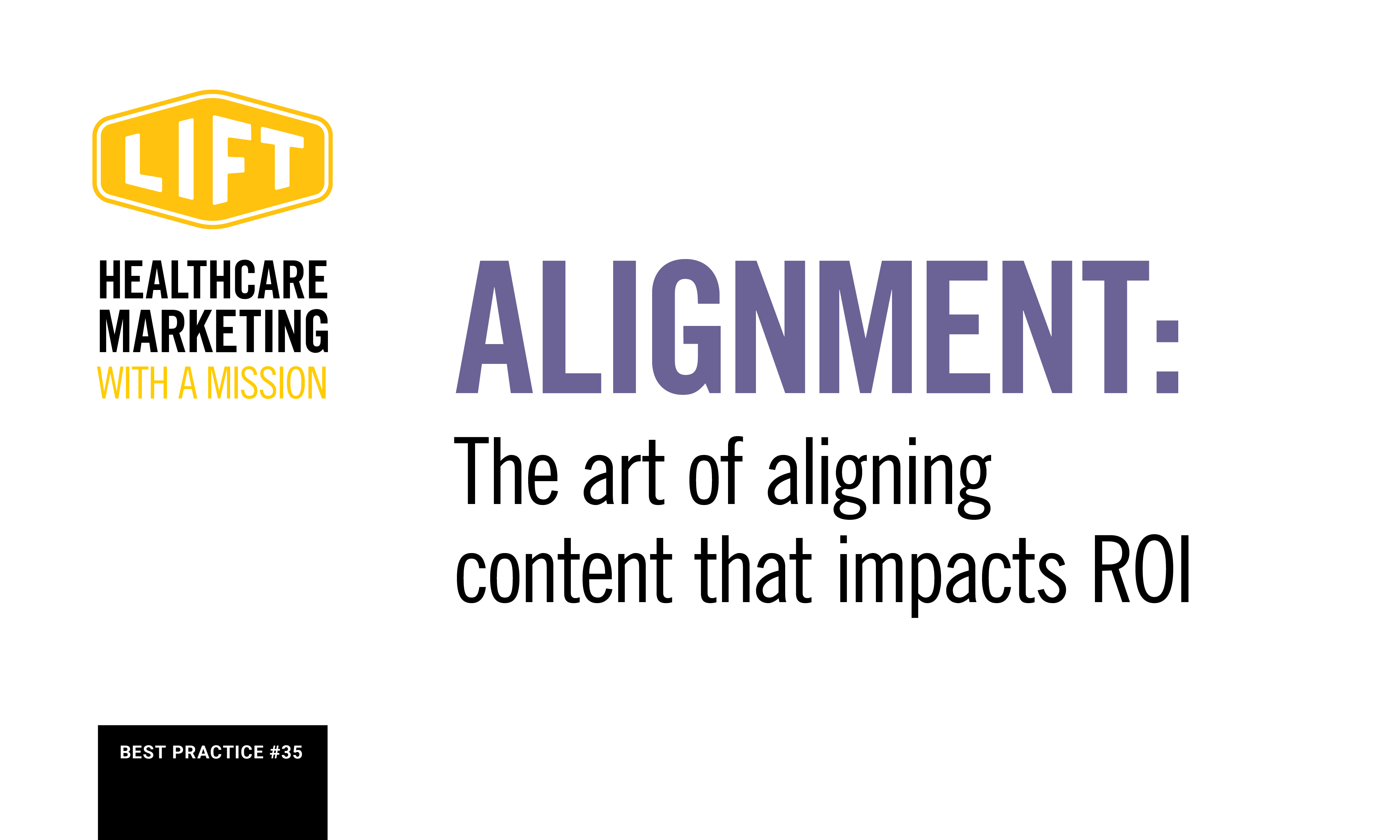How Community-Based Marketing Aligns Healthcare Messaging with Patient Experience
NEWS FLASH: The most important social network for your hospital isn’t online. It’s in your community.
It’s the weekly coffee meetups and happy hours (in-person and virtual) where neighbors are coming together and commiserating with one another over their health experiences. It’s around the Sunday dinner tables where relatives are sharing stories they’ve heard from friends about how rude the scheduler at their primary care office was or how their PCP went out of their way to make them feel comfortable at a vulnerable time. It’s the real human connections happening all around you—and they have a serious impact on how you are perceived and trusted.
One of the most efficient tactics in getting to know your patients’ lived experience is by taking a deeper look into the needs of the community you serve. To our chagrin, we often forget that patients are people, and their health is an important topic throughout the community. Your community is often an untapped resource for much needed context in completing the picture that is patient experience and rooting out implicit consumer concerns that may be hiding beneath the surface. If your brand’s messaging is out of sync with consumer experience, you may be creating negative perceptions of your brand or, at the very least, apprehension about quality of care, and at risk of losing trust in your services.
So how can your hospital ensure patient experience aligns with brand messaging so that it doesn’t come up short? This is a major incentive to conduct research.
Leveraging Qualitative Research Methods to Tap Into Local Perceptions
When creating brand identity for companies, a lot of research is conducted by talking. Talking internally, brainstorming, and figuring out the personality of your brand—but research shouldn’t stop there. Once your brand is launched, it is inextricably linked to the experience of your consumers.
Once that shift occurs, your patients now own the meaning of your brand. Ongoing research captures patient attitudes and behaviors as they evolve over time. These regular efforts to connect with and listen to the needs and concerns of your patients keep your finger on the pulse of your brand.
Blending qualitative research techniques into your approach allows you to capitalize on the valuable snapshot of consumer attitudes and opinions identified by your quantitative survey results. It takes more than short, digital survey results to capture full-picture insights, and a qualitative approach is more contextual in nature (see our last blog)—often uncovering unseen problem areas leading to a deeper understanding behind the sentiments expressed by your patients.

Learn the Best Practices for Aligning Content & Messaging to Strategic Imperatives
Thoughtful and strategic alignment of your organization’s marketing and messaging is a multi-layered process that considers not only the role and needs of your stakeholder in your community, but also their individual healthcare journey. It means thinking beyond simply where they are, and considering how they are and what they need. To help you to properly align your digital marketing and content strategy to the the nuances of your stakeholders’ journeys, we have assembled this free best practice primer specifically designed for healthcare marketers like you.
